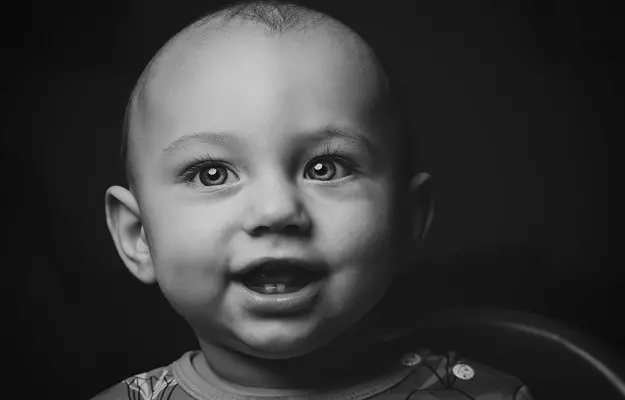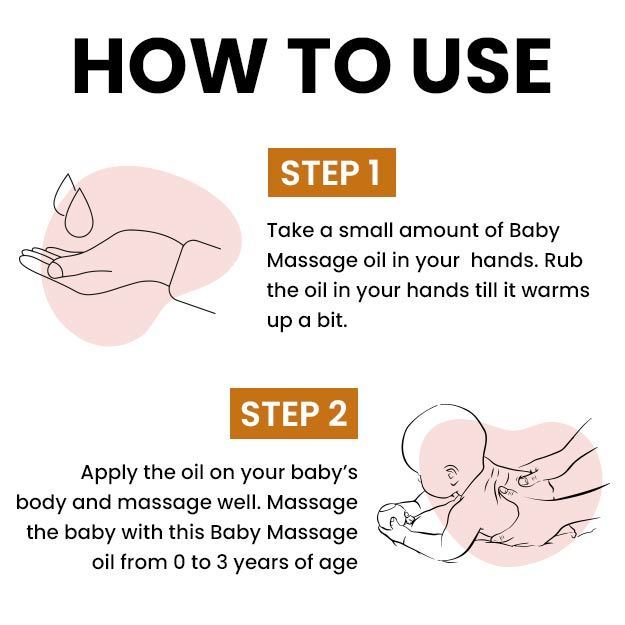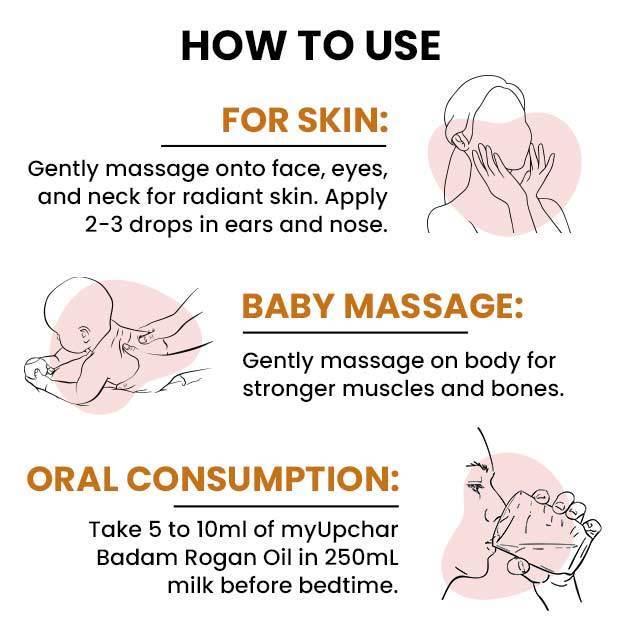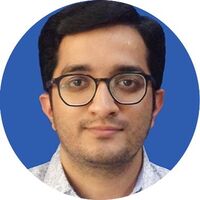Milk teeth start to appear in the mouth of a baby around six months after birth. But in some rare cases, the baby is born with one or two teeth which are medically called natal teeth.
Natal teeth are the teeth which are present in the mouth of a newborn. Natal teeth are uncommon and are mostly seen in the lower front tooth region in a pair.
They are yellowish-brown or opaque white in colour. They are pretty small in size and have a little or no root.
There are a few cases where small teeth start to appear in the mouth of a baby within the first month after birth. These teeth which appear within 30 days after birth are known as neonatal teeth. Just like the natal teeth, neonatal teeth are also seen in the front part of the lower gum.
These natal and neonatal teeth can be "mobile" - they are loose as they do not have a supporting root. These teeth irritate the gums and tongue of the newborn and make gums and tongue red and inflamed. These teeth can also hurt the roof of the mouth and the upper gums.
Babies with natal and neonatal teeth face difficulty in suckling milk from their mother’s breast. The child can be seen crying all day as the teeth irritate and hurt the gums.
Moreover, the sharp tooth can also cause trauma to the nipple of the mother while breastfeeding.
There are many superstitions regarding natal and neonatal teeth in our society. Some people think of them as a sign of good fortune while others see them as harbingers of grave misfortune. Of course, these are superstitious beliefs with no scientific truth to them. Natal and neonatal teeth, though rare, have a perfectly logical explanation in medicine. That said, some dentists and paediatricians find it useful to counsel the parents before planning any treatment for the child.
Treatment may involve removing the teeth if they are very loose, as they can be a choking hazard for the newborn.
Further, as these teeth are usually milk teeth that have come out early, removing them means that your baby will most likely be missing these teeth throughout their childhood. (Although your child's permanent teeth should grow out as per usual.) In very rare cases, natal and neonatal teeth may be supernumerary - or extra - in which case, the child may also get all their milk teeth despite this extraction.
Read more: Teething: age, symptoms, problems, remedies





























